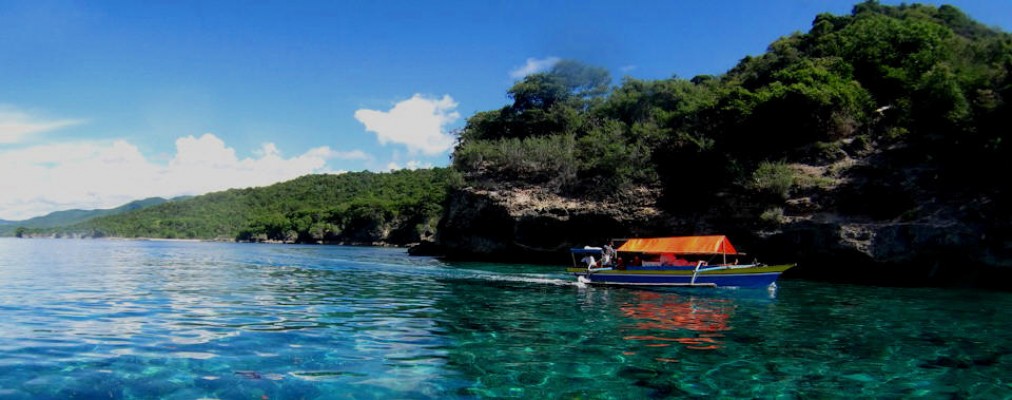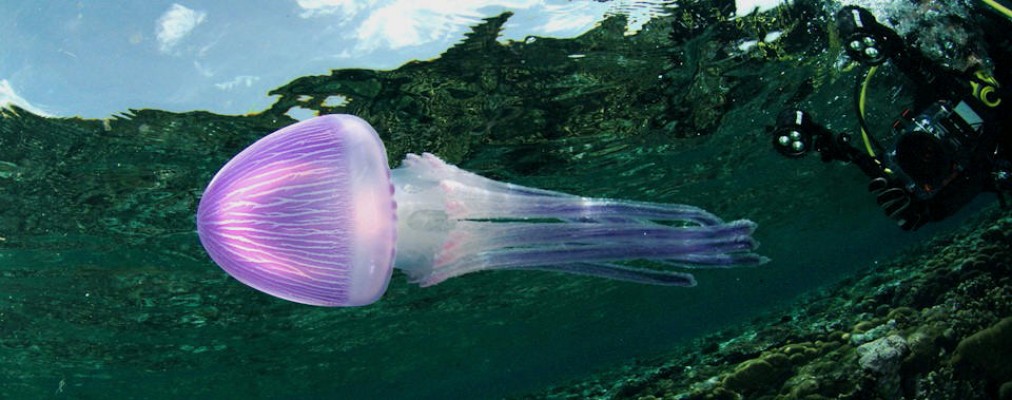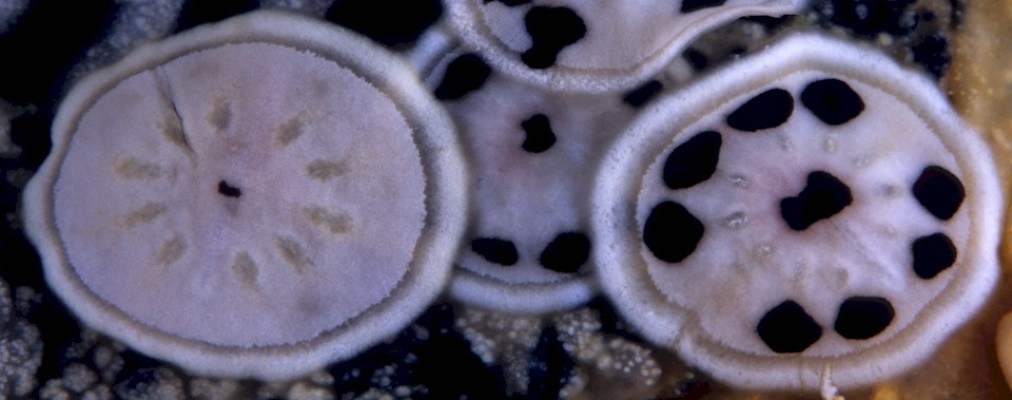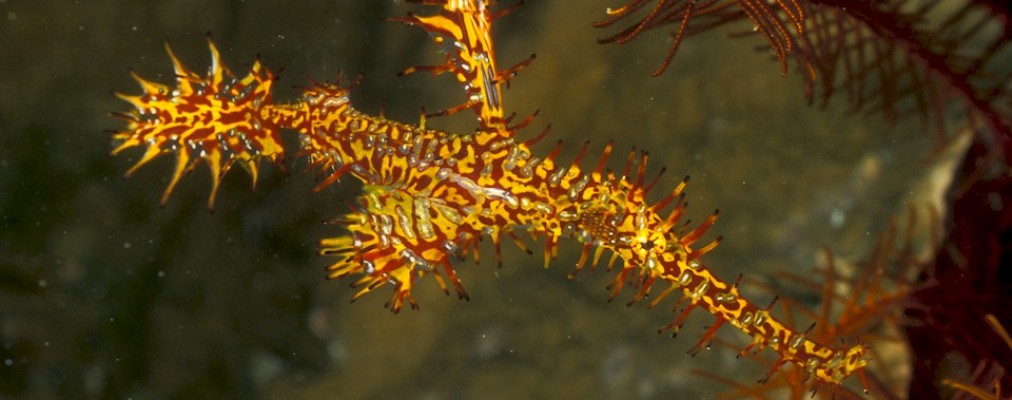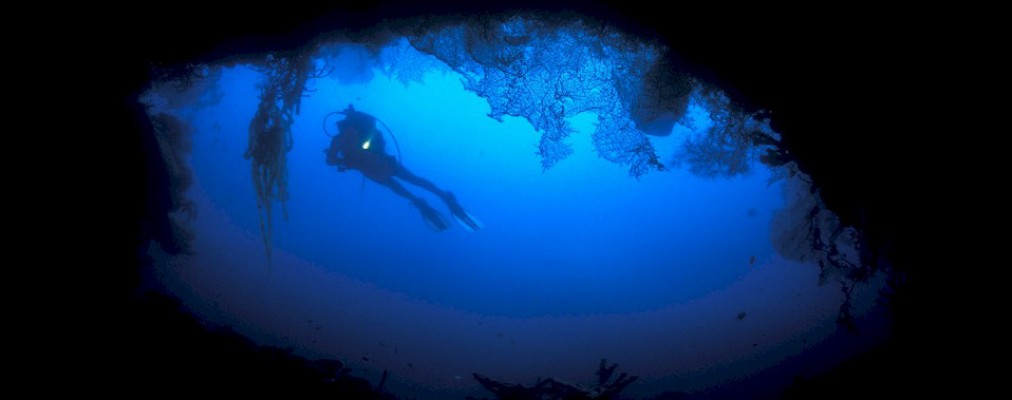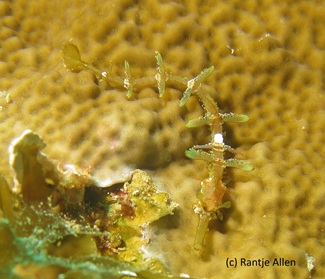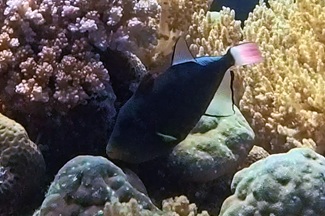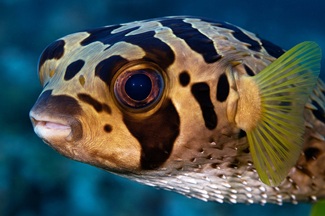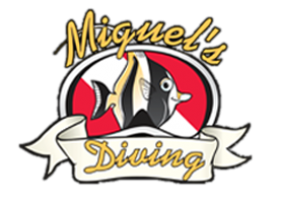Loading content - please wait...
QRIS now available at Miguel’s Diving
QRIS is now available for our divers. Guests can enjoy faster and easier payments using Indonesia’s national QR-code standard.
QRIS, Indonesia’s Payment System
QRIS stands for Quick Response Code Indonesian Standard. It is a national payment system regulated by Bank Indonesia. With QRIS, guests can make cashless payments by scanning a single QR code using their preferred Indonesian digital wallet or banking app. All major apps in Indonesia support QRIS, including OVO, Dana, GoPay, ShopeePay, and mobile banking from BCA and other banks.
QRIS has grown rapidly across Indonesia in recent years. Bank Indonesia reports that QRIS transaction volume jumped over 175% year-on-year. This reflects how widely locals and travelers now use this cashless option. The value of QRIS payments has also increased sharply. They reached more than Rp 300 trillion nationwide as of 2025. At the same time, the number of people using QRIS has expanded to over 50 million users. More than 30 million merchants across the country now accepting it. This strong national adoption is one reason Miguel’s Diving has added QRIS to our list of guest-friendly payment choices.
For our diving guests, this means there is no need to carry extra cash. Simply open your digital wallet, scan the QR code, and confirm the payment. The process is instant and secure.
A Convenient Option for Travelers
QRIS is especially helpful for domestic divers who already use digital wallets. For international guests, VISA and MasterCard remain available for larger payments. Many foreigners also prefer making a local rupiah transfer using Wise or BCA. Adding QRIS gives guests another fast and modern way to settle their dive arrangements.
QRIS offers two types of QR codes. Small shops often use a static code, while larger businesses use a dynamic code for each transaction. Miguel’s Diving uses a static code that best suits diving services, so guests can expect smooth and reliable payment processing.
Safe & Standardized
Because QRIS follows a national standard, the QR code at our dive center works across all supported apps. Each transaction is encrypted and must be confirmed inside the user’s own payment application. Even if the code is printed on a sign, it holds no personal information. This makes the system both simple and safe to use.
QRIS also reflects Indonesia’s move toward modern, cashless transactions. It is widely used throughout the country —from cafés and supermarkets to small shops and tourist services. By bringing QRIS into our dive center, we hope to make check-in and check-out more convenient for everyone.
Guest-Friendly Payment Choices
Guests of Miguel’s Diving now have four easy ways to make payments:
- QRIS for instant cashless transactions
- Cash rupiah for those who prefer traditional payment
- Rupiah transfer using Wise or BCA
- VISA / MasterCard for international card payments
This wide range of options lets divers choose the method that works best for them.
We hope this new QRIS option makes your time in Gorontalo even smoother. Whether you come for coral walls, marine life, or Salvador Dali sponges, we want every part of your visit—including payments—to be easy and enjoyable. To join one of our dive trips, please make your dive reservations directly with Miguel’s Diving.
